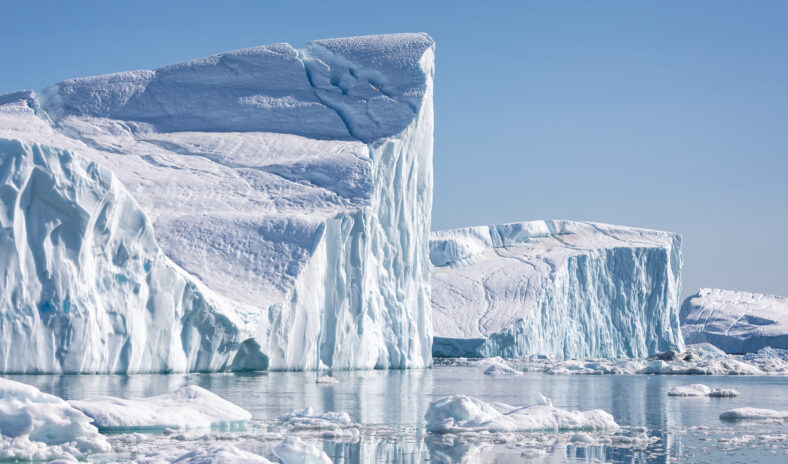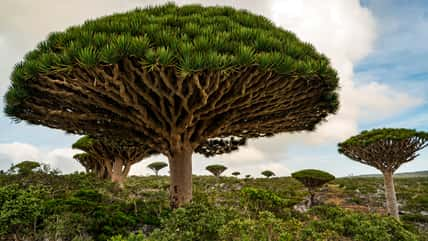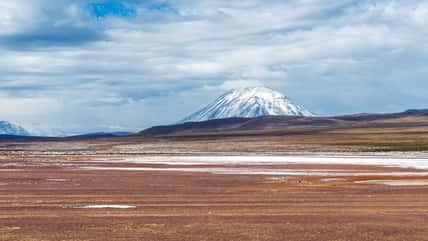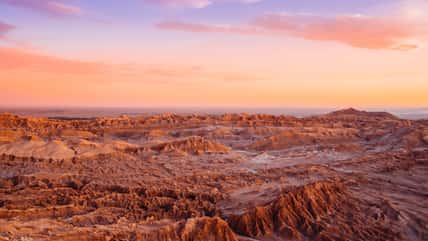Ancient Glaciers Demolished Earth’s Crust, Altering The Chemistry Of Our Oceans And Boosting Complex Life

About 700 million years ago, massive glaciers crept across the Earth’s surface toward an ice-covered sea, scraping the ground beneath them.
They bulldozed rocks from the Earth’s crust and released key minerals into the ocean once they eventually melted. The minerals altered marine chemistry and may have contributed to the evolution of complex life.
“When these giant ice sheets melted, they triggered enormous floods that flushed minerals and their chemicals, including uranium, into the oceans,” said Chris Kirkland, the lead author of the study.
“This influx of elements changed ocean chemistry at a time when more complex life was starting to evolve.”
The ancient period of deep freeze is known as the Neoproterozoic Era, or “Snowball Earth.” It lasted from about one billion to 543 million years ago. During that time, landmasses became a supercontinent called Rodinia and then broke up again.
The earliest forms of life on Earth, such as microbes, sponges, cyanobacteria, and organisms dwelling on the seafloor, populated the oceans.
After the Neoproterozoic ended, more complex life arose. The first marine creatures with armor, shells, and spikes emerged.
The research team analyzed sediments from rock formations dating to the Neoproterozoic in Scotland and northern Ireland.
They looked at crystallized minerals called zircons, which are very durable and can survive extreme geological events.
Zircons also contain uranium, and scientists can measure the stages of uranium’s decay in zircons to study Earth’s past.

Sign up for Chip Chick’s newsletter and get stories like this delivered to your inbox.
The sediments were from a time when Earth was covered with ice and the “hothouse Earth” period when the ice all melted millions of years later.
The team found that the mineral composition of sediments from the Snowball Earth period was significantly different from that of later sediments.
Furthermore, the planet experienced at least two major glaciation events between 720 million and 635 million years ago.
By the end of the Neoproterozoic, changes in chemistry were occurring in Earth’s atmosphere and oceans as Earth began to thaw. Traces of these events can be seen in sedimentary rocks.
High levels of carbon dioxide in the atmosphere from volcanic activity may have caused the planet to warm, effectively melting the ice.
Many scientists believe this paved the way for complex life to evolve, but the new research shows that the retreating glaciers may also have played a role.
“The end of these glaciations is marked by rapid increases in atmospheric and oceanic oxygen, possibly due to enhanced weathering of exposed rock surfaces and increased nutrient fluxes into the ocean,” Kirkland said.
The changes may have stimulated the evolution of more complex forms of life. Today, similar processes shape climate change.
The planet has been warming over just a few decades compared to ancient processes, which took millions of years to happen.
Overall, the research can help scientists better understand how climate change today can alter our world.
The study was published in the journal Geology.
More About:News





